Book Hook: Spectrum
Book Hook: Spectrum

They say not to judge a book by its cover, but when browsing at a bookstore, of course the books I pick up first are the ones with the bright covers. Only after I have fondled all the colorful books or ones with nice textured covers will I look at titles, names, etc. So this assortment of books contains the best of the brights. Not only do they represent key points along the visual electromagnetic spectrum, but they cover a broad range of subject matter as well.
Candy Apple Red:
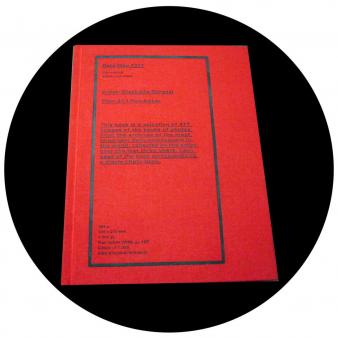

The artist book All I Remember by Elisabetta Benassi (2011) is appropriately self-explanatory; the format of the cover, an embossed description of her project, mirrors its contents, the backs of newspaper photographs containing the most basic administrative information about the image and its objective description. These selections (there are 477 of them) from newspaper archives generate an alternative approach to reading history through the indirect encounter of images. Why the color red for a book about newspapers? What is black and white and read all over…an intentional pun, I hope. (Available at Archive Kabinett)
Neon Coral:
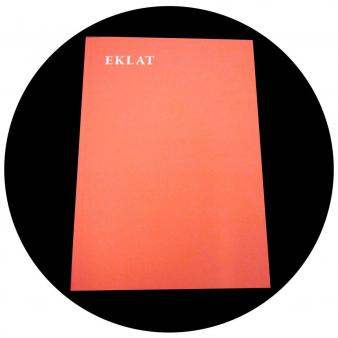
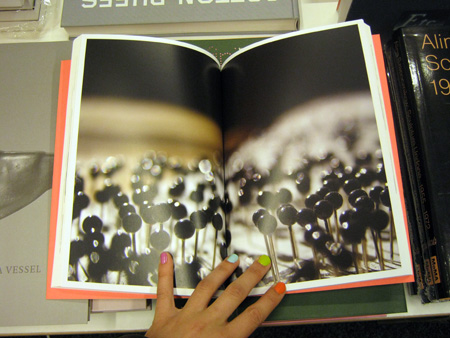
Eklat: Entwerfen und Konstruieren in Lehre, Anwendung und Theorie (2011) wins my prize for the best color. The book is in German, which means that I can’t really read it, but I had to include it here because I would buy it because of the color and the optimism that one day I would be able to read it. From what I can gather, it is a collection of talks from a doctoral colloquium at the Technische Universität Berlin from students of architecture, landscape architecture, engineering, and urban design. (Available at Motto and ProQM)
Lemonhead Yellow:
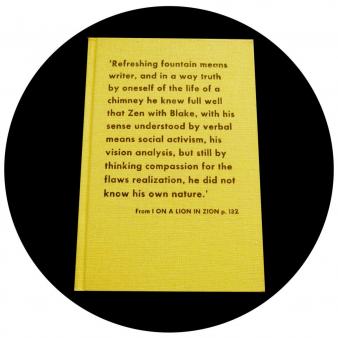

I On a Lion in Zion by Karl Holmqvist (2009) is much more than just another Burroughs-style cut-up text. The source texts have been pulled from over thirty writers spanning three centuries; Burroughs’ own cut-up works have been cut-up again and spliced with William Blake’s Songs of Innocence and of Experience and Hans Ulrich Obrist’s Interviews to name a few. Also, two of my favorite G.S.’s, Gertrude Stein and Gwen Stefani, have a strong presence throughout. The texts are printed in alternating black and white on top of an op-art pattern to cause even more confusion. To top it all off, there is even a book list in the back, listing all of the sources for further reading! (Available at ProQM)
Jungle Green:
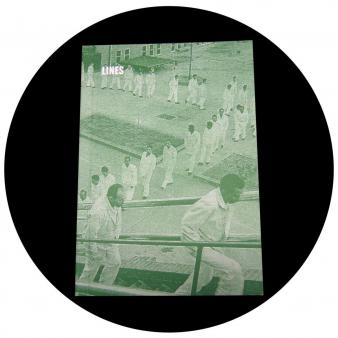

Waiting in line is much more manageable when you have a good book on hand. Lines (2011), from the series After Modern History by Tramnesia Press, contains a selection of newspaper photographs from the Wall Street Journal and the New York Times of people standing in lines. After Modern History aims to provide “a report on world events that re-edits the news of the day by linking together images according to a totally idiosyncratic perspective of pattern recognitions and typologies.” (Available at Motto)
Caribbean Turquoise:
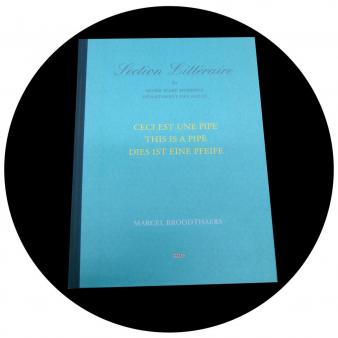

Even though Marcel Broodthaers has been dead over thirty years, he is still very much alive and making (or inspiring) things I like, including Ceci est une pipe. This Is a Pipe. Dies ist eine Pfeife (2002). This publication includes fragments of an unrealized project by Broodthaers developed in conjunction with the Literary Section of his Musee d’Art Mederne, Departement des Aigles, a reaction to Michel Foucault’s essay This is Not a Pipe. It is clear from Broodthaers’ later work that this essay (and Magritte’s work) was very influential, and this new publication provides insight into the center of his curiosity. (Available at Motto)
Purple Pizzazz:
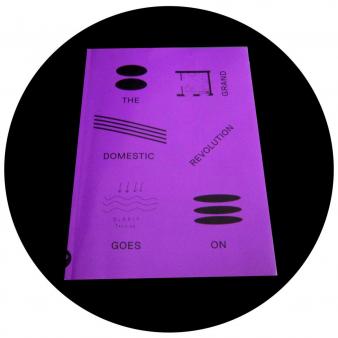
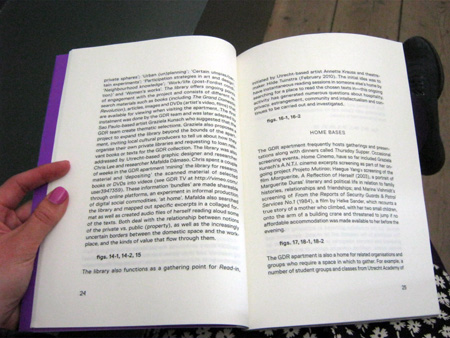
The starting point of the project documented in the book The Grand Domestic Revolution Goes On (2010), is a book by the 19th Century material feminist Dolores Hayden, The Grand Domestic Revolution. The new GDR group is located in Utrect and explores the potential of intellectual and material resource distribution within the domestic sphere by means of artistic, organizational, and special design operations. (Available at Archive Kabinett and Motto)